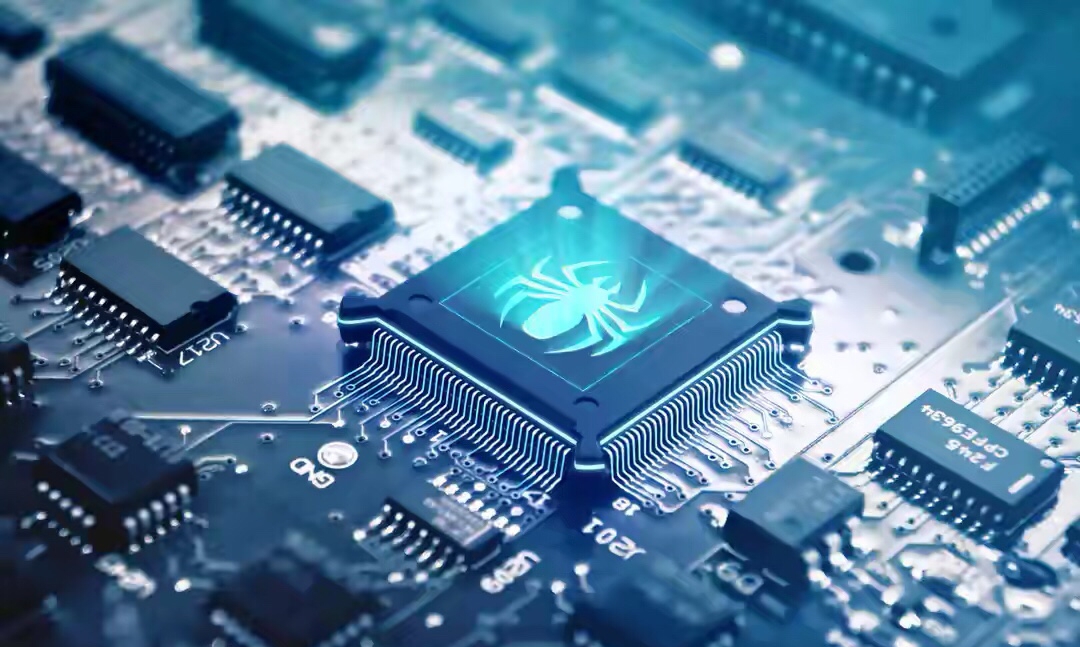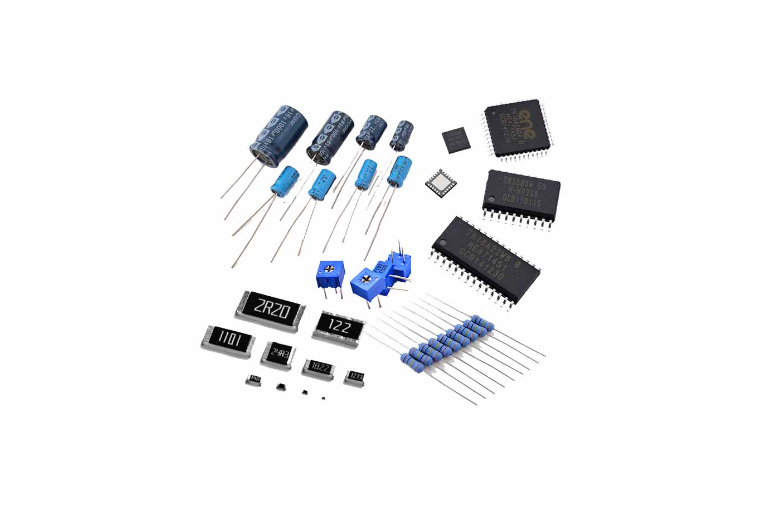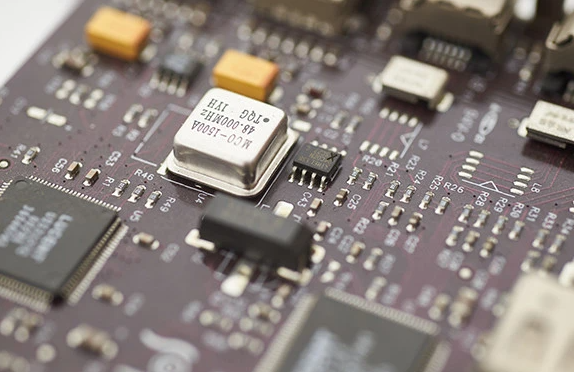In the fast-evolving landscape of healthcare, electronic components have emerged as the driving force behind revolutionary advancements. From diagnostics to treatment, electronic components play a pivotal role in enhancing the precision, efficiency, and accessibility of medical services. In this blog post, we will explore the myriad ways electronic components are transforming the medical field.
1. Diagnostic Accuracy
One of the most significant contributions of electronic components in healthcare is the improvement of diagnostic accuracy. Advanced imaging technologies, such as MRI and CT scans, heavily rely on intricate electronic components to generate high-resolution images. These components enable healthcare professionals to detect anomalies with unparalleled precision, facilitating early diagnosis and timely intervention.
2. Wearable Devices and Remote Monitoring
The integration of electronic components into wearable devices has ushered in a new era of patient care. Smartwatches, fitness trackers, and other wearable technologies equipped with sensors and monitoring devices allow individuals to track their health in real-time. This not only promotes a proactive approach to personal health but also enables healthcare providers to remotely monitor patients, leading to timely interventions and reducing the need for frequent hospital visits.
3. Precision Medicine
Electronic components have played a crucial role in the rise of precision medicine, tailoring medical treatments to individual characteristics, needs, and genetics. Electronic sensors, processors, and data analytics are employed to gather and analyze patient data, facilitating the development of personalized treatment plans. This approach maximizes the effectiveness of therapies while minimizing potential side effects, marking a paradigm shift in traditional medical practices.
4. IoT in Healthcare
The Internet of Things (IoT) has found extensive applications in the healthcare sector, linking electronic devices and components to create a seamless network. This interconnected ecosystem enhances communication between medical devices, enabling real-time data sharing and collaboration. From smart medication dispensers to connected surgical equipment, IoT integration improves overall healthcare efficiency and patient outcomes.
5. Telemedicine and Telehealth
Electronic components have been instrumental in the widespread adoption of telemedicine and telehealth services. High-speed processors, reliable connectivity, and sophisticated data encryption ensure that healthcare professionals can provide consultations, monitor patients, and even conduct remote surgeries with confidence. This not only increases access to healthcare services but also reduces the burden on traditional healthcare infrastructure.
6. Advancements in Prosthetics and Implants
Electronic components have significantly advanced the field of prosthetics and implants. Bionic limbs and smart implants incorporate sensors and processors that respond to neural signals, providing a more natural and responsive experience for individuals with limb loss or disabilities. These technological marvels enhance mobility, functionality, and overall quality of life for patients.
In conclusion, the integration of electronic components into the medical field has brought about a transformative wave of innovation. From diagnosis to treatment, and from patient monitoring to personalized medicine, these components continue to push the boundaries of what is possible in healthcare. As technology continues to advance, the synergy between electronics and medicine promises a future where healthcare is not only more effective but also more accessible to people around the globe.







